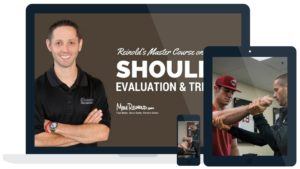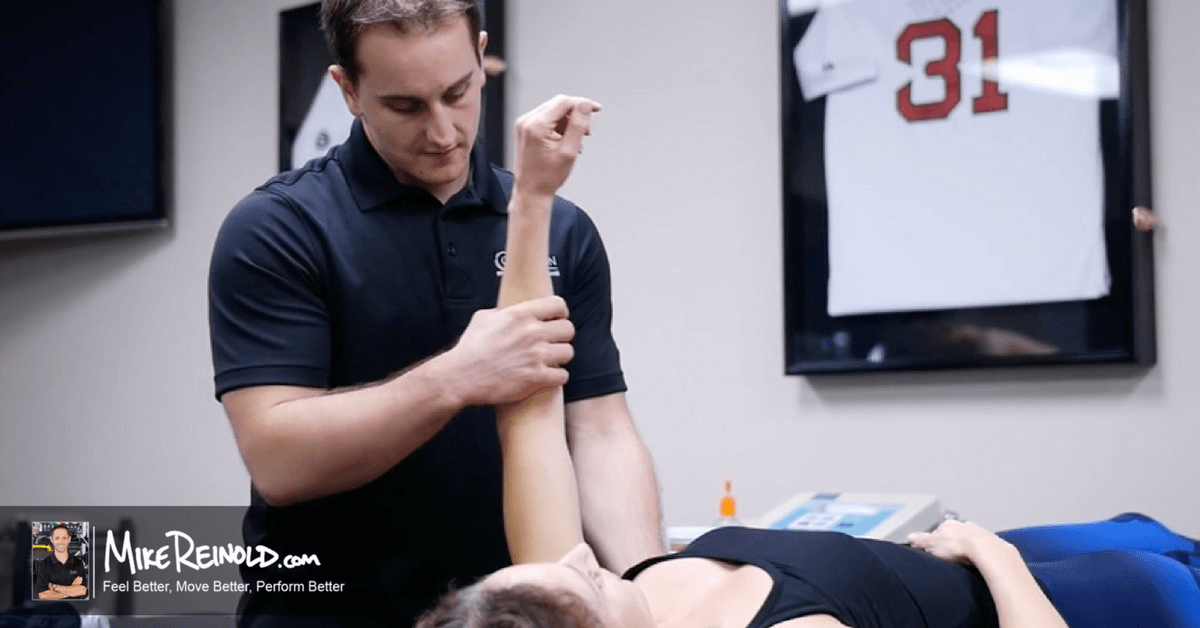Over the last several years, there has been a trend among orthopedic surgeons to delay the start of rehabilitation, specifically range of motion exercises, following rotator cuff repair surgery.
It’s my opinion that this trend started in response to the research that has been reported in the past that show issues with tendon healing rates and a large percentage of rotator cuff repairs are not intact at follow up examination.
For example, I previously discussed the outcomes of arthroscopic rotator repairs and noted that at the one year follow up after surgery, 68% had an intact rotator cuff. 32% had a full thickness tear again.
So physicians did what they tend to do… They started to get more conservative and delayed the start of rehabilitation. I’ve discussed a similar to approach to rehabilitation following total shoulder replacement.
But does delaying the start of range of motion after rotator cuff repair surgery even help improve outcomes?
Does immobilization after rotator cuff repair increase tendon healing?
A systematic review was published in the Archives of Orthopaedic and Trauma Surgery that looked at 3 randomized control trials comparing immediate versus delayed range of motion follow rotator cuff repair surgery.
The authors reported a few findings.
Most importantly, there was no difference in tendon healing rate, showing that early range of motion is safe to perform and not the reason why people may retear.
Range of motion improved earlier in the immediate range of motion group, but was similar at the year mark. This is consistent with many past studies. Again physicians read into this and use this stat to favor delayed range of motion, stating that patients are all the same at 1 year postoperative. However, as we all know, restoring motion is key to the patient’s’ subjective and functional outcomes. Similarly, functional outcomes were achieved sooner in the immediate range of motion group.
Based on this systematic review, I would continue to recommend performing control range of motion following rotator cuff repair surgery as it appears to be safe and effective at restoring motion and function sooner than if we delay rehabilitation.
Learn More About How I Evaluate and Treat the Shoulder






